The European Parliament election results in France indicate that the Yellow Vests emerged victorious.
The parties that make up the Yellow Vests movement, described as “extreme” right and left by the center, achieved high shares of vote.
The center, however, suffered a significant defeat. President Emmanuel Macron was forced to call for general early elections. In the elections on June 30 – July 7, the “extreme” right and left parties will likely deal another blow to the center.
So, what will happen afterwards?
There are three possibilities:
1. The center will, as it has done so far, rally the left and “normal” right parties under the slogan of unity against the “extreme” right. Politicians and policies similar to Macron will be imposed on the public to combat the danger of the “extreme right”.
This scenario has been in play since the 2002 elections. In 2002, Jacques Chirac and Jean-Marie Le Pen made it to the second round with respectively 19.88% and 16.86% of the votes. Chirac won 82.21% of the votes in the second round with the slogan “common front against fascism” of the center, and the left gathered around the center.
Twenty years later, in 2022, the same scenario was replayed when Macron and Le Pen’s daughter made it to the second round. The media conducted a heavy propaganda on the voters of the “extreme” left Jean-Luc Mélenchon, who received 21.95% of the votes in the first round, calling on them to support Macron against “fascism.” As a result, the “centrist” Macron won 58.55% of the votes in the second round and the liberal darkness continued in France.
Due to its different structure, the tactic applied in the presidential elections since 2002 is not fully appropriate in the general elections of June 30 – July 7. However, the center will likely call on the left parties that increased their votes to form an alliance against “fascism” right after the announcement of the results.
2. Another possibility is the formation of an alliance among right-wing parties.
In this scenario, Le Pen and her party will go through a process of “Melonisation”, the recent trending phrase, pulling them toward the center.
At this point, it should be noted that there are two different “centers”:
The first center is defined by Brussels’ lines: accepting the technocratic structure of the European Union, supporting the complete dismantling of the welfare state in France and carrying out the Atlantic duty of fueling the war against Russia…
The second center does not ideologically oppose the European Union but advocates independent policies in some respects. It includes cautious Gaullists, independence advocates, and sovereigntists supported by groups within the French capital who do not want to completely sever ties with Russia so as not to lose the Russian market.
The leader of the Republican Party, which has Gaullists within, Éric Ciotti’s call for an alliance with Le Pen can be seen in this context. The legal process initiated against him for removal from the party leadership -which is also supported by some members of his party – after this call indicates how much the liberal center fears such an alliance.
3. The third possibility is a “brown-red alliance” with its historical naming between the “extreme” right and left.
We mentioned at the beginning that the Yellow Vests, which have shaken the streets and political life in France, are mostly the voters of “extreme” right and left parties.
The two major political traditions, despite their convergence on many fundamental issues and having come together on the streets, do not want to come together at all.
The “extreme” right represented by Le Pen and the “extreme” left by Mélenchon both oppose US control over France, NATO’s dictates. Despite differing in degrees, both oppose the destruction of the welfare state, wild neoliberalism, and the covert war between France and Russia. The issue of immigrants in France, which one can call a “semi-immigrant country”, is a sharp point of divergence between the two parties. The economic system, the role of the family and social order can be added to the list.
However, from a general perspective, the differences between Macron and Le Pen are sharper than those between Le Pen and Mélenchon on fundamental issues.
Despite this, due to the center’s effective media power and historical and entrenched dogmas, the “extreme” right and left, represented by Le Pen and Mélenchon, continue to keep the distance. Although there raising some voices within and around the two parties for a unity, it seems unlikely for now.
Before concluding, let me note that there are reports in the international press that Le Pen is continuing discussions with French capital groups and has proposed cooperation against Mélenchon’s New Popular Front.
And now the ball is in Le Pen’s court… Will she move toward the “center” or lean toward alternative policies?
At the threshold of a new world, new questions are also arising in French politics.








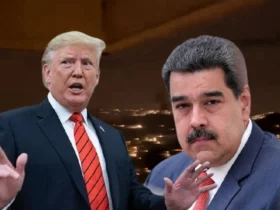
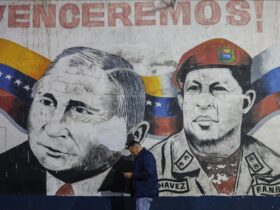
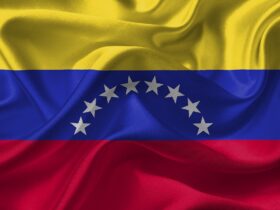

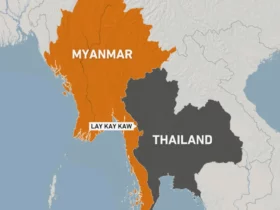
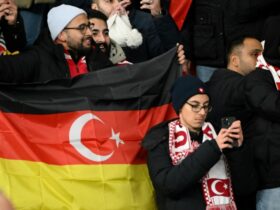



Leave a Reply